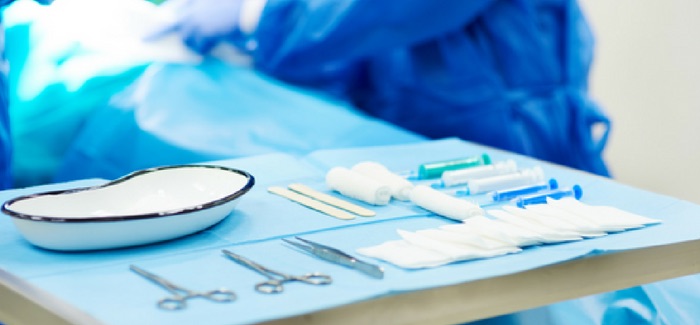What is a medical device?
The FDA defines a medical device as:
- “an instrument, apparatus, implement, machine, contrivance, implant, in vitro reagent, or other similar or related article, including a component part or accessory which is: recognized in the official National Formulary, or the United States Pharmacopoeia, or any supplement to them,
- intended for use in the diagnosis of disease or other conditions, or in the cure, mitigation, treatment, or prevention of disease, in man or other animals, or
- intended to affect the structure or any function of the body of man or other animals, and which does not achieve its primary intended
 purposes through chemical action within or on the body of man or other animals and which is not dependent upon being metabolized for the achievement of any of its primary intended purposes.”
purposes through chemical action within or on the body of man or other animals and which is not dependent upon being metabolized for the achievement of any of its primary intended purposes.”
Did you know? More recently, diagnostic software is being classed as a medical device and is therefore subject to the same regulations and guidelines as any other medical device.
Which regulations govern clinical device trials?
The Medical Device Regulations (MDR) released in June 2017. Manufacturers need to demonstrate that the medical device meets the requirements in the MDR by carrying out a conformity assessment. The assessment route depends on the classification of the device.
 ISO 14155:2020
ISO 14155:2020
This document addresses Good Clinical Practice for the design, conduct, recording and reporting of clinical investigations carried out in human subjects to assess the safety or performance of medical devices for regulatory purposes.
The CE Marking Process
Manufacturers can place a CE mark on the product to show that the medical device has met the requirements when it has passed the conformity assessment.
FDA Pre-Market Approval
Premarket approval (PMA) is the FDA process of scientific and regulatory review to evaluate the safety and effectiveness of Class III medical devices. Class III devices are those that support or sustain human life, are of substantial importance in preventing impairment of human health or which present a potential, unreasonable risk of illness or injury.
ISO 13485:2016 Medical Devices
This document specifies requirements for a quality management system where an organization needs to demonstrate its ability to provide  medical devices and related services that consistently meet customer and applicable regulatory requirements.
medical devices and related services that consistently meet customer and applicable regulatory requirements.
These form the basis for the ethical and safety regulation of medical device trials. Compliance with these regulations is essential in order to successfully bring a medical device to market and ensure accuracy of data and patient safety.
Why is there a need for training in these medical device regulations?
In the highly regulated and high-risk world of medical device manufacturing, anyone involved in the manufacture and the Clinical Trial process needs to understand these industry regulations and the impact of them on their role. Failure to have current, in-depth knowledge and understanding of the regulations and processes surrounding medical device manufacture and testing can lead to non-compliance and ultimately failure of a medical device to make it to market.
To comply with the current guidance you need to have been training on the current Medical Device Regulation (released in 2017), so if the last training you undertook was before this date, you are advised to complete some training to remain current.
If you are thinking of working on a clinical device trial, or already do and are worried about your current level of training or knowledge in these regulations, we have the solution. Visit www.trainingonline4u.com and access our comprehensive programme of interactive and engaging training courses, which includes GCP and Medical Device courses to bring yourself up to date!


